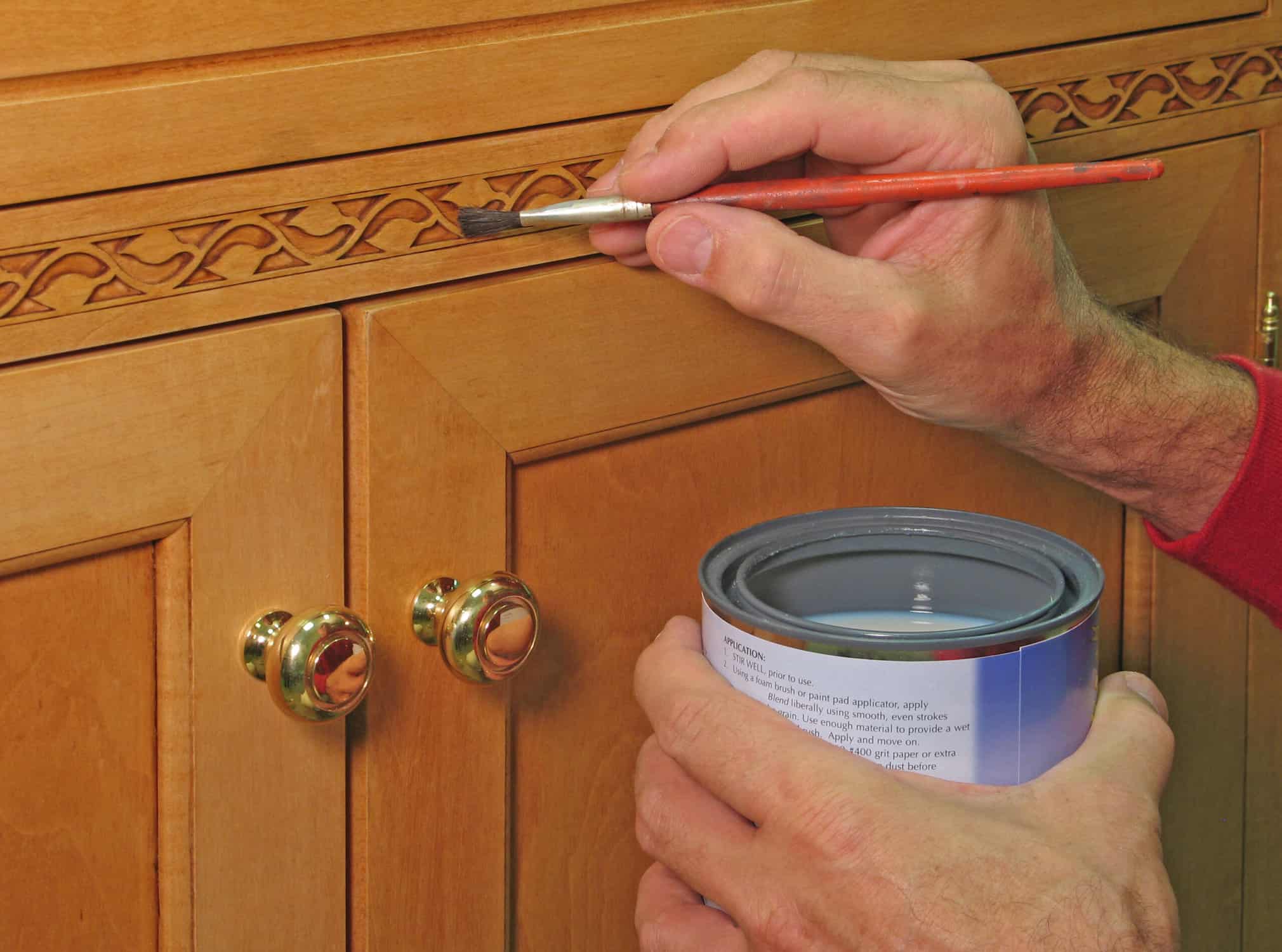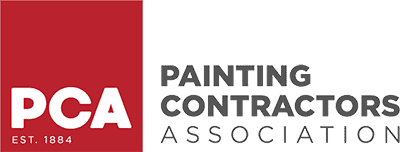When it comes to remodeling your kitchen or giving it a fresh new look, painting the cabinets can make a huge impact.
However, before you embark on this project, it’s important to have a good understanding of how long it will take. Painting cabinets requires careful preparation, priming, painting, drying, and finishing touches.
In this comprehensive guide, we will explore the various factors that determine the time required for painting cabinets. By understanding these factors, you can plan your project effectively and ensure a successful outcome.
Preparing the Cabinets for Painting
Before diving into the painting process, it’s essential to properly prepare the cabinets. This involves thorough cleaning and sanding to ensure a smooth surface for paint adhesion. The time required for this step will depend on the size and condition of your cabinets. On average, cleaning and sanding can take anywhere from a few hours to a full day.
In some cases, removing the cabinet doors and hardware may be necessary for easier access and better results. While this adds an extra step to the process, it can save time during painting and ensure a more professional finish.

Closeup of painter apply vanish to the inlaid trim of a handcrafted cabinet
Priming the Cabinets
Priming is a crucial step when painting cabinets, as it helps to create a smooth and durable surface for the paint to adhere to. Priming also helps to prevent stains and discoloration from bleeding through the paint. The time required for priming will depend on the type of primer used and the number of cabinets being primed. On average, it can take anywhere from a few hours to a day for the primer to dry completely.
During the priming process, it’s important to pay attention to any additional steps or considerations. For example, if your cabinets have knots in the wood, using a knot sealer can prevent them from bleeding through the paint. Taking these extra steps will ensure a high-quality and long-lasting finish.
Painting the Cabinets
Once the cabinets have been properly prepared and primed, it’s time to paint them. There are different methods you can choose from, including using a brush, roller, or sprayer. The method you choose will depend on personal preference and the desired finish. Each method has its own pros and cons in terms of time and quality.
Using a brush is the most time-consuming method, as it requires multiple coats and precise application. On average, it can take several days to a week to paint cabinets using a brush. A roller, on the other hand, is faster and more efficient, but may not provide the same level of detail as a brush. Painting with a roller can typically be completed within a few days. Using a sprayer is the quickest method, but it requires careful masking and additional equipment. Spraying cabinets can be completed in a day or two, depending on the drying time between coats.
It’s important to note that multiple coats of paint are often required to achieve a smooth and consistent finish. Each coat will need time to dry, which can range from a few hours to overnight. Be sure to follow the manufacturer’s instructions for drying time to avoid any issues with the final result.
Drying and Curing Time
After the cabinets have been painted, they need time to dry and cure. Drying time refers to the time it takes for the paint to become touch-dry, while curing time refers to the time it takes for the paint to fully harden and reach its maximum durability.
The drying time can vary depending on factors such as temperature, humidity, and the type of paint used. In general, it can take anywhere from a few hours to a day for the cabinets to become touch-dry. However, it’s important to wait for the recommended drying time before proceeding with any further steps.
Factors such as high humidity or cold temperatures can prolong the drying and curing time. It’s essential to provide adequate ventilation and maintain optimal conditions to expedite the process. Rushing this step can result in smudges, fingerprints, or damage to the finish.
It’s also important to consider whether it’s necessary to wait before reattaching the cabinet doors and hardware. Depending on the drying time of the paint and the weight of the doors, it may be necessary to wait at least 24 to 48 hours before reassembling the cabinets. This will ensure that the paint has fully dried and hardened.
Finishing Touches and Reassembling
Once the paint has dried and cured, there are a few additional steps to complete the cabinet painting project. This includes applying any necessary finishes or sealants to protect the paint and enhance the overall appearance. The time required for these finishing touches will depend on the products used and the level of detail desired. It can range from a few hours to a day to complete this step.
After all the finishing touches have been applied, you can proceed to reassembling the cabinet doors and hardware. Make sure to handle them with care to avoid any damage to the freshly painted surfaces. Depending on the size and complexity of your cabinets, reassembling can take a few hours to a day.
Overall Timeframe and Considerations
Now that we’ve outlined the various steps involved in painting cabinets, let’s discuss the overall timeframe and considerations. On average, painting cabinets from start to finish can take anywhere from 2 to 7 days, depending on the size of the project and the drying/curing time. It’s important to allocate enough time for each step to ensure a high-quality result.
Several factors can significantly impact the overall timeframe of your cabinet painting project. These include:
- Number and size of cabinets: The more cabinets you have, the longer it will take to prepare, prime, paint, and finish them.
- Complexity of the design: Cabinets with intricate details or multiple surfaces may require more time and attention to ensure an even and professional finish.
- Drying and curing conditions: Factors such as temperature, humidity, and ventilation can affect the drying and curing time of the paint. It’s important to create an optimal environment to expedite this process.
- Skill and experience: If you’re an experienced painter, you may be able to complete the project more efficiently. However, if you’re a beginner, it’s advisable to allocate more time to ensure a satisfactory outcome.
While time is a crucial consideration, it’s essential not to rush the process. Taking the necessary time at each step will ensure a durable and visually appealing finish. Remember, quality should always be the priority.
When Should I Call a Professional Cabinet Painter to Help Me Paint My Cabinets?
You should consider calling a professional cabinet painter in the following situations:
- Skill Level: If you don’t have the necessary skills or expertise to do the job correctly. Cabinet painting requires precision and attention to detail that can be difficult for amateurs.
- Quality of Finish: If you want a high-quality, professional finish. A professional has the equipment and experience to do a superior job.
- Time Constraints: If you don’t have the time to do the job. Painting cabinets can be a time-consuming process, especially if you’re doing it for the first time.
- Complex Job: If the job is complex, such as if there’s a lot of intricate detail on the cabinets or if the cabinets are in a hard-to-reach place.
- Health Reasons: Painting involves chemicals, dust, and sometimes heights. If you have health concerns that might be exacerbated by these factors, it’s best to hire a professional.
- Preparation & Clean-up: Professionals handle all aspects of the job, including preparation and clean-up, which can be messy and time-consuming.
Remember, while hiring a professional can be more costly upfront, doing the job incorrectly yourself can lead to additional expenses down the line. It’s a good idea to weigh the costs and benefits before deciding.
FAQs About Painting Cabinets
Q: Can I skip the priming step when painting cabinets?
It’s highly recommended not to skip the priming step. Priming helps create a smooth and durable surface for paint adhesion and prevents stains from bleeding through.
Q: How long should I wait before reattaching the cabinet doors and hardware after painting?
It’s best to wait at least 24 to 48 hours to ensure that the paint has fully dried and hardened, especially for heavy cabinet doors.
Q: Is it possible to speed up the cabinet painting process without compromising quality?
While it’s important not to rush the process, you can save time by using efficient painting methods like rollers or sprayers and by properly planning and organizing your workspace.
Q: How many coats of paint are typically required for cabinets?
Multiple coats of paint are often needed to achieve a smooth and consistent finish. The number of coats depends on the type of paint and the desired coverage.
Q: Can I paint cabinets that have a laminate or glossy finish?
Yes, you can paint cabinets with a laminate or glossy finish. However, proper cleaning, sanding, and priming are essential to ensure proper paint adhesion.
Final Words
In conclusion, painting cabinets is a rewarding and transformative project that can breathe new life into your kitchen. However, it’s important to have realistic expectations and proper planning to achieve the desired results. Understanding the time required for each step, from preparation to finishing touches, will help you plan your project effectively. But overall, the average time it takes to complete a cabinet painting project is between 2-7 days.
By following the steps outlined in this guide, you can ensure a successful cabinet paint job. Remember to allocate enough time, choose the appropriate tools and materials, and create a conducive environment for drying and curing. With patience and attention to detail, your cabinets will be transformed into stunning focal points in your kitchen.
For any additional tips or recommendations, consult with a professional cabinet painter like Roberto’s Painting. Call us at 615-505-4226 to schedule a free consultation.




